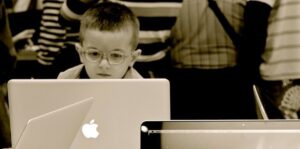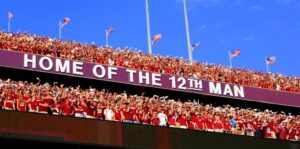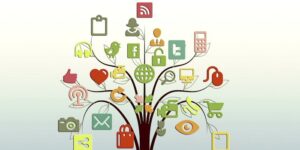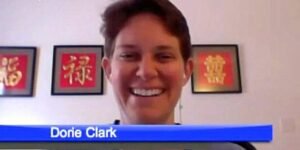Discovering Your Brand
There is something powerful about someone who knows who they are and what they are all about. It’s even more attractive when you can genuinely
There is something powerful about someone who knows who they are and what they are all about. It’s even more attractive when you can genuinely
The balance of power is shifting in the employer/employee relationship. What does it mean for the future of work? The #TChat crowd weighs in

The social era is creating a whole new level of opportunity for business and personal brands. Are you making the most of it?

We all have unique talents and a purpose. How can we create harmony between these defining characteristics and our professional pursuits?

In an age of digital exuberance, what can we do to avoid social overload? Tips to lower your stress while expanding your network

Are you selling products to a market? Or are you investing in relationships that will lift your brand? Community counts.

What’s ahead in talent management for 2014? Exciting times for social media and employer brand strategy!

Is your professional persona an accurate reflection of you? How can you reinvigorate your personal brand for better results? Let’s talk about it…
Getting up close and personal with brand humanization. An intimate slice of life…